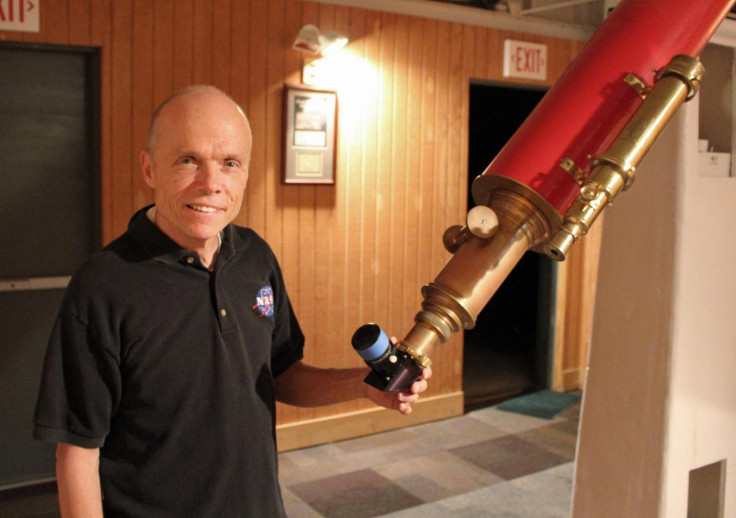Asteroid Hunter Searches Depths of Space for Earth-Threatening Objects

University of Utah astronomer Patrick Wiggins' hobby is to explore the universe for new discoveries that he can lay name to, and to seek out the potentially dangerous ones which could threaten Earth.
The astronomy educator has so far discovered five asteroids from his home observatory in Toole, Utah, including a near-Earth asteroid (the type that is threatening to Earth), which has since disappeared and not been seen again.
In 2014 he discovered his first supernova, an exploding star which briefly outshines a whole galaxy and radiates as much energy as the Sun is expected to give out over its entire life span, before disappearing from view.
This year he was also awarded Nasa's Distinguished Public Service Medal, the highest civilian honour that can be given by the US space agency. Wiggins has been Nasa's solar system ambassador to Utah since 2002.
Even though he has found a large number of asteroids over the years, only five of them have been new discoveries and therefore eligible to be named by him. These are Elko and Timerskine in 1999, Laurelanmaurer in 2007, and Nevaruth in 2008.
The final asteroid, Univofutah, he has had to wait six years to rename after he discovered it in 2008.
New Honour
In July 2014, the astronomer submitted a naming request to the International Astronomical Union's Minor Planet Center in Cambridge, Massachusetts, for an asteroid which he discovered in 2008.
The asteroid, previously known as 391795 (2008 RV77), has been renamed Univofutah after the University of Utah.
"It's neat," said Wiggins. "There aren't too many other universities on the whole planet with asteroids named after them. So that puts the U in rather rarefied company."
"We are very honoured," said Carleton Detar, the university's chairman of physics and astronomy. "Patrick Wiggins has been a dedicated champion of Utah amateur astronomy. Next, we'll need student volunteers to install a large block U on our asteroid."
Univofutah could not be renamed until 2014 because experts had to wait until it had been tracked long enough to tell whether or not it was a previously discovered asteroid.
Wiggins, who works in the university's Department of Physics and Astronomy, discovered the asteroid on 8 September 2008, using a 35-centimeter (18.8-inch) optical telescope.
The asteroid itself is quite small, measuring at around 2 kilometers (1.2 miles) across. It is currently between the orbits of Mars and Jupiter, so it poses no threat to Earth.
© Copyright IBTimes 2025. All rights reserved.





















